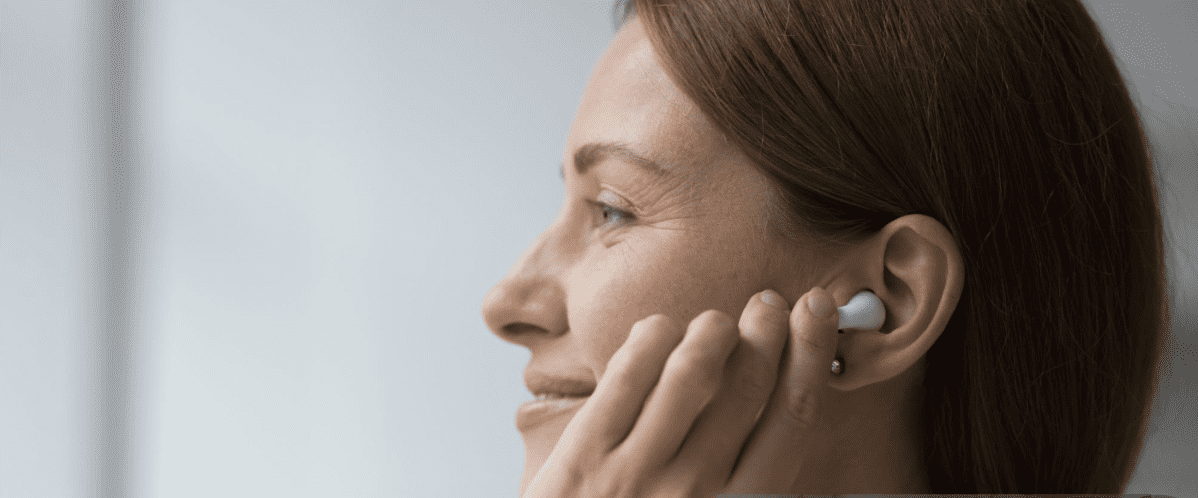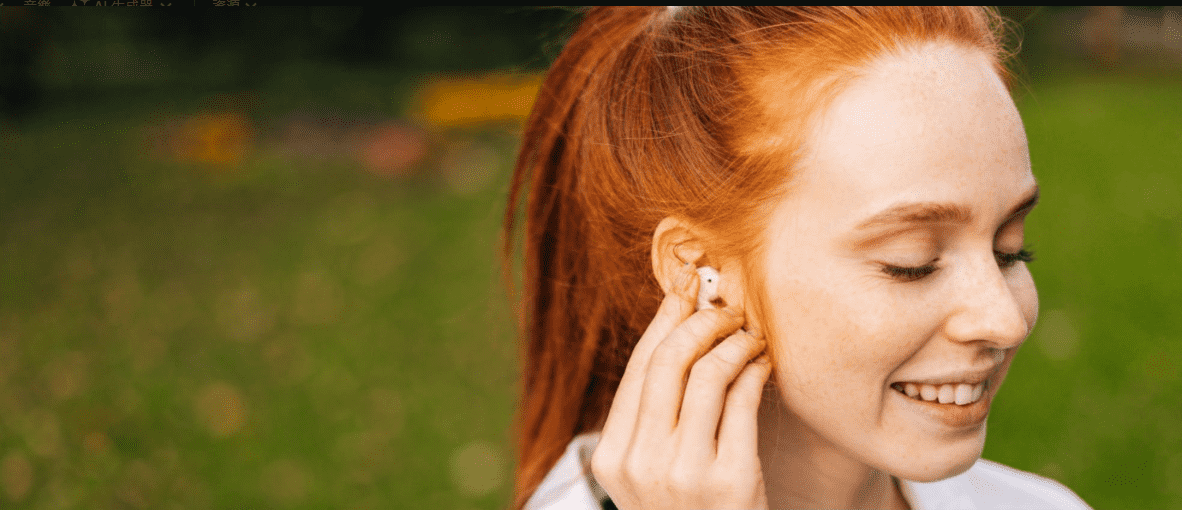Bluetooth Function of TWS Self-Fitting OTC Hearing Aids

Bluetooth Function of TWS Self-Fitting OTC Hearing Aids
- Amy
- tws hearing aids, self-fitting hearing aids, Bluetooth hearing aids, otc hearing aids, Bluetooth signals
Bluetooth hearing aids may have unstable signals and fast power consumption when connecting to Bluetooth signals.
The general solution is to carry a small backpack or waist bag, put the phone in it, and put it closer to the hearing aid that plays blogs or music with Bluetooth technology, or put the phone in the shirt pocket.
The following are scenarios that may interfere with Bluetooth signal connection:
① There are many WiFi signals in the environment, or there is a lot of electromagnetic wave interference, such as subway stations, offices, shopping malls, etc. In areas with wireless routers, surveillance cameras, etc., these devices sometimes occupy the 2.4GHz frequency band when working, which is the frequency band used by Bluetooth and WiFi.
At home, refrigerators, microwave ovens, buses and other devices will emit radio waves to interfere with signal connection.

② The connection is blocked by the human body. The human body will also affect the reception of Bluetooth signals, and adjust the storage position of the mobile phone.
③ The TWS hearing aid or mobile phone is placed next to metal or thicker materials.
④ The self-fitting hearing aid plays Internet music online. Because the audio data of the device needs to be transmitted to the rechargeable hearing aid, the sound quality of the playback will be affected by the Internet connection status. You can download the audio content in advance.
⑤ Play large-capacity music files or Hi-Res audio formats. When the music file is compatible with the Hi-Res audio format, the file capacity will become larger. Large-capacity music files may affect Bluetooth communication. Running multiple applications at the same time will also affect data transmission. You can close unused applications in advance.








